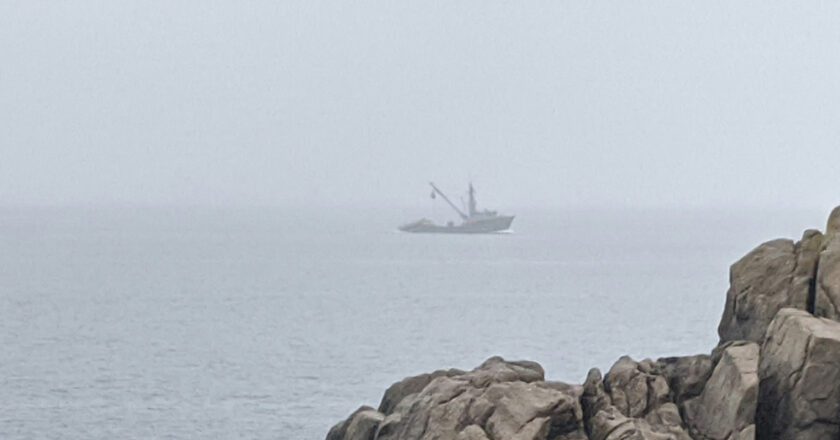From the Editor: Fishing Restrictions Bill
The future of commercial gillnet fishing and the catching of giant sea bass in California are now in doubt, following legislation proposed by a state Assembly member in February that would restrict certain types of fishing in state waters.
Assembly Bill 2220 would do three things: completely ban commercial fishing for sea bass, eliminating current exceptions; ban the use of gill nets, also eliminating current exceptions, and mandate that commercial fishing vessels operating with a state permit carry an independent third-party observer onboard while operating within state fisheries.
If passed and signed into law, the proposed legislation, which was drafted by Assemblyman Steve Bennett (D-Ventura), could have a sizable impact—financially and in other ways—on the state’s commercial fishing ...









